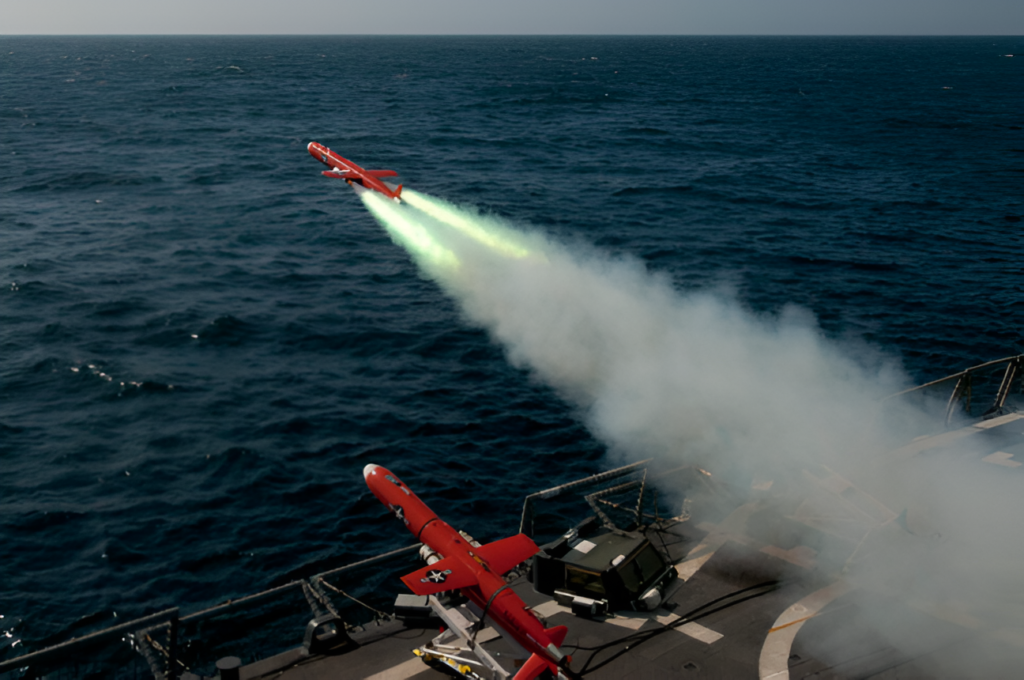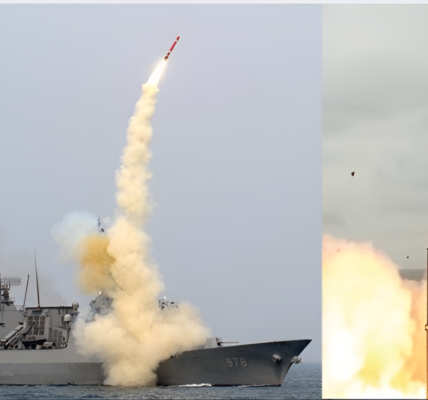
The U.S. Navy is still far from a revolutionary shift toward a fleet fully integrated with autonomous platforms. While the Navy is exploring the role of unmanned systems in future combat scenarios, the reality is that the transition to a truly hybrid fleet will not occur in the immediate future. As the Navy builds this future, one key consideration must be how unmanned platforms interact with the still-dominant force in maritime warfare: long-range anti-ship missiles.
The lessons learned from Ukraine and the Red Sea are valuable, but they are often drawn from land-based conflicts where the dynamics of warfare differ greatly from the maritime domain. The challenges of long-range targeting, maneuvering targets, and the physical limitations of sea-based platforms make the employment of unmanned systems in the maritime domain distinctly different from their land counterparts. In these scenarios, factors like cost, availability, survivability, and reconstitution play a crucial role in determining the role of robotic systems at sea.
The Maritime Landscape: Unchanged by Unmanned Systems
At sea, despite some early optimism driven by success in Ukraine and the Red Sea, the naval conflict still revolves around long-range precision missile strikes. Cruise missiles remain the most effective weapon in the arsenal, dealing the most damage and shaping operational success. While unmanned systems have found tactical use, especially in the context of smaller vessels and infrastructure targets, they often serve as complementary tools to missile strikes.
For example, Ukraine’s unmanned surface vessels have demonstrated their value, particularly as the country lacks a conventional navy. However, the success of these systems is often due to their integration with larger missile strategies. The use of cruise missiles created pressure on Russian forces, causing them to consolidate their fleet in less secure positions, where unmanned surface vessels and drones could strike. The key takeaway here is that while unmanned systems are effective, it is the combination with missiles that yields real success.
A similar situation unfolded in the Red Sea, where the Houthis’ success came largely through missile strikes rather than drones. Of the 20 known vessel strikes, only two were attributed to drones, while 14 were caused by missiles. This demonstrates the continued centrality of missiles in modern maritime conflict, even as drones garner attention in the headlines.
The Role of Cheap Mass: Surviving Attrition at Sea
When examining the role of unmanned systems in future naval warfare, the concept of “cheap mass” comes into play. On land, cheaper systems like drones can be used in high quantities because replenishing them is relatively easy, and there are shorter engagement ranges. This allows for quick regeneration and sustained operations, even if platforms are lost.
However, at sea, the calculus shifts dramatically. Naval platforms are limited by space, weight, and power, and resupplying them can be logistically challenging. In naval warfare, survivability is paramount. To survive, platforms must have the capability to regenerate quickly and reenter the fight. Unlike land-based systems, which can rely on inexpensive, abundant drones, the U.S. Navy’s platforms will need to focus on versatility, with a mix of both defensive and offensive capabilities.
Attrition in naval combat means that the stockpiling of cheap drones does not provide the same kind of resilience at sea as it does on land. The key to success at sea is ensuring that a platform can survive and continue to contribute to the mission. This means that the Navy must prioritize versatility—systems that can defend against multiple types of threats and contribute to offensive missions simultaneously.
Survivability and Reconstitution: Key Principles at Sea
The critical factors for success in naval combat remain survivability and reconstitution. The Navy’s hybrid fleet concept must acknowledge that unmanned systems will not replace traditional platforms but will enhance them. This means that the Navy’s unmanned systems will need to be capable of supporting, not supplanting, crewed vessels.
While drones offer cheaper and potentially more plentiful alternatives to traditional weapons, they are not without significant costs. The cost to develop and deploy these systems remains high, particularly for the sophisticated technologies required to operate them effectively at sea. Autonomous systems for the U.S. Navy will need advanced capabilities like anti-jamming, satellite communications, and autonomous decision-making, making them far more expensive than the cheap drones used in land-based conflicts.
This focus on survivability and the ability to reconstitute combat power means that unmanned systems will always play a supplementary role to traditional naval assets. The Navy will have to find a balance between employing unmanned systems and continuing to invest in the platforms and weapons systems that form the core of its combat power.
Conclusion: A Hybrid Fleet Built on Missiles
As unmanned systems evolve, the U.S. Navy must embrace a hybrid fleet model where these systems play a crucial role in supporting, rather than replacing, traditional platforms. The missile remains the primary weapon system in naval warfare, and unmanned systems must complement this capability to maximize their impact.
While the application of drones in conflicts like Ukraine and the Red Sea provides valuable lessons, the maritime domain presents unique challenges. The need for survivability, long-range precision, and the logistical constraints of rearming at sea mean that unmanned systems cannot fully replace missiles. The hybrid fleet will emerge within the framework of these constraints, with the missile at the center of naval strategy. The shift toward this future fleet will be gradual, built upon the realization that, for now, the missile still matters most at sea.

